May 17, 2024 - Ross Video Team, Insights & Resources
What is Outside Broadcasting? A Brief Guide
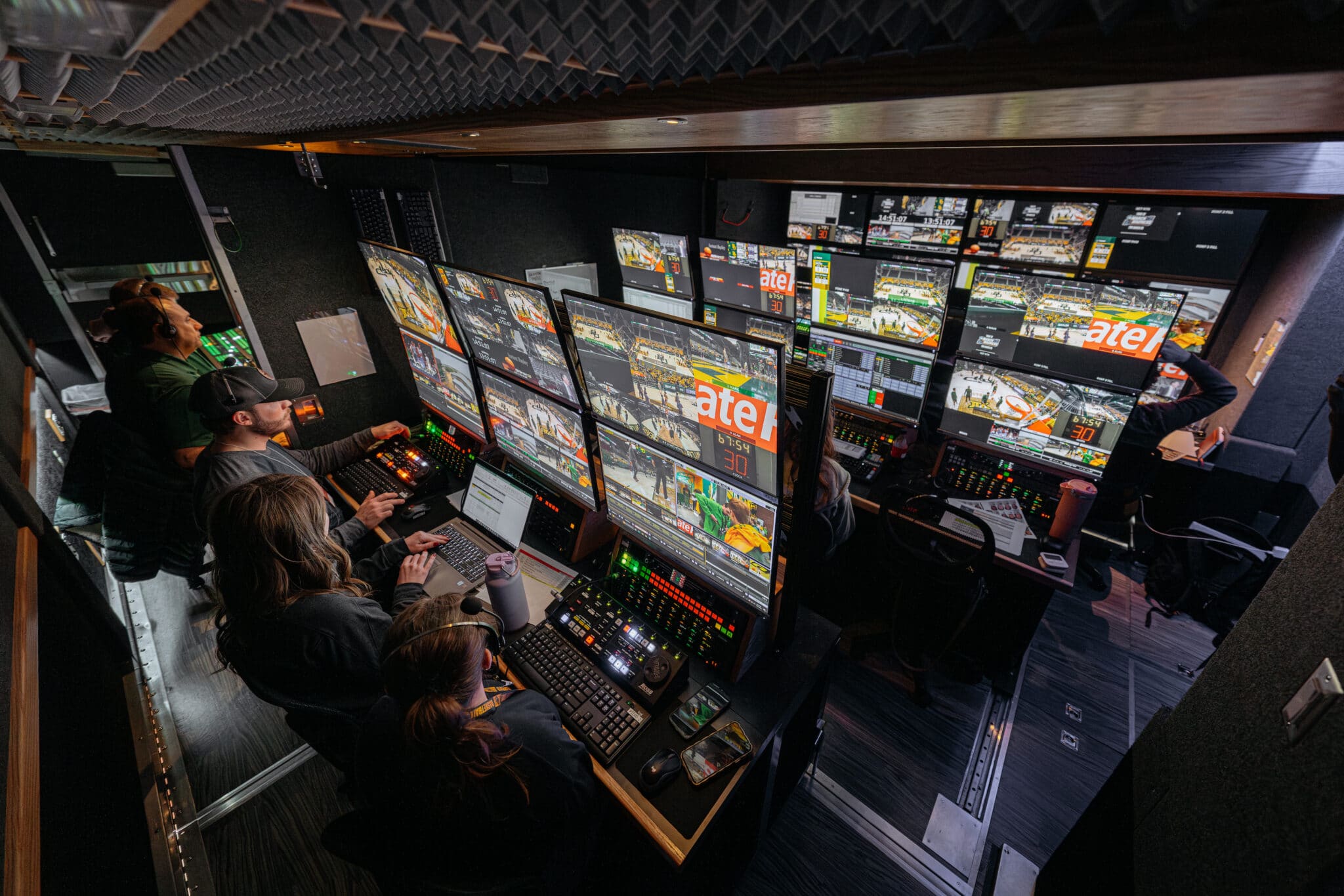

Live events like the FIFA World Cup captivate millions globally. But few stop to think about the technology that makes it possible.
Outside broadcasting (OB) is the art of capturing and streaming live events. It is a complex mix of technology and creativity often ridden with logistical challenges. Ross Video has assisted in broadcasting major live events like the Olympic Games and Formula 1 to global audiences. With our expertise, we’ll help guide you through the world of outside broadcasting.
We’ll dive deep into outside broadcasting in this article, but to save you some scrolling time, here is exactly what we cover:
Outside broadcasting refers TV or radio programs broadcast from a location other than an indoor studio, though not necessarily outdoors. Broadcasters have changed a lot since the early 1900s, often leading the way in using new live video technology.
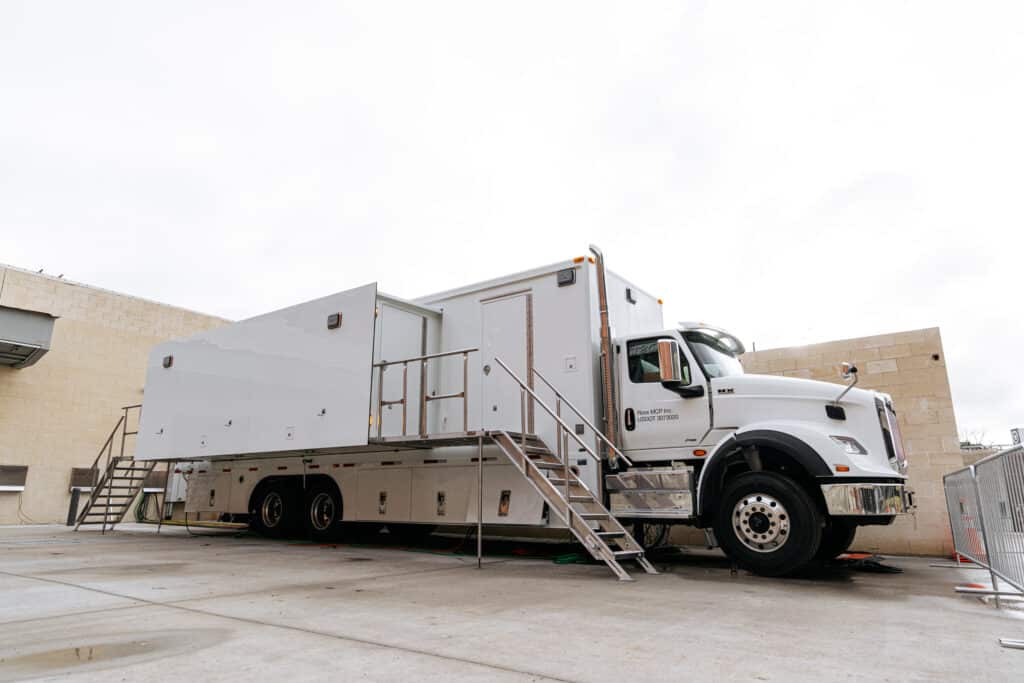
New technologies such as fiber optic cables and 5G networks are making outside broadcasting (OB) more efficient and accessible. Modern mobile production units use a wide range of signals and technology to deliver high-quality broadcasts from almost any location in the world.
Every split second is critical in sports events like the Olympics. OB captures and brings each critical moment to audiences at home. The Super Bowl encompasses the whole spectacle, from the on-field action to the highly anticipated halftime show.
During presidential events like inaugurations or debates, OB lets viewers see history happening live, recording every speech and reaction. It also provides fast and reliable on-the-ground coverage of natural disasters, breaking news events, and pandemics. This helps to keep everyone informed and connected through real-time reporting.
Outside broadcasting enables audiences far away to experience the energy of live music events like Coachella and Glastonbury. It brings the excitement of festivals and the intimacy of exclusive performances to audiences worldwide.
OB covers milestone events, from Nelson Mandela’s funeral to royal celebrations. It brings the New Year’s Eve excitement in Times Square to homes around the world, allowing viewers everywhere to experience the iconic moment the Big Apple drops.
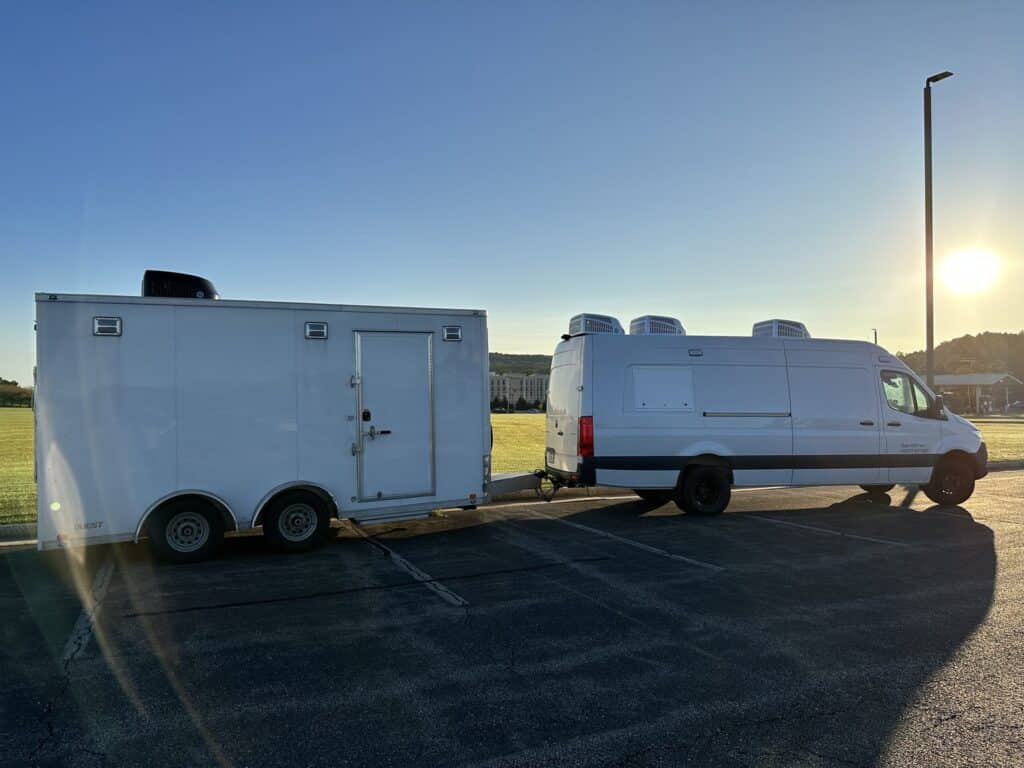
Broadcasting trucks and production units come in different sizes, from small video flypacks to large production trucks. Usually, there are several camera operators on-site, directed from a mobile control room in a vehicle where the director, vision operators, and sound operators control the broadcast. The standard equipment in an OB setup includes:
Each crew member is pivotal: the director and technical operators guide camera operations while audio technicians balance sound levels for a clear, immersive soundscape. Vision mixers skillfully switch between camera feeds, and producers oversee the broadcast’s content, ensuring the narrative flow is maintained. Graphics technicians may also work on-site, adding graphic overlays to the feed in real time. Meticulous planning and precision are vital in OB, covering every detail from camera placement to broadcast timing.
The effectiveness of OB hinges on the collaborative relationship between producers and broadcasters. Producers bring technical expertise and creative solutions, while broadcasters contribute content direction and audience reach. Together, they help create a collective experience for audiences worldwide.
In OB various methods are used to transmit signals:
Signal routing is like a traffic system for video and audio signals with different camera feeds and audio inputs routed from the OB van.
Mixing involves blending different video feeds and audio tracks with a production switcher. This ensures that the best images and sounds are chosen and combined in real-time.
After mixing, the final production is encoded and sent to broadcasting stations via satellite, fiber, or cellular networks and then to your screen.
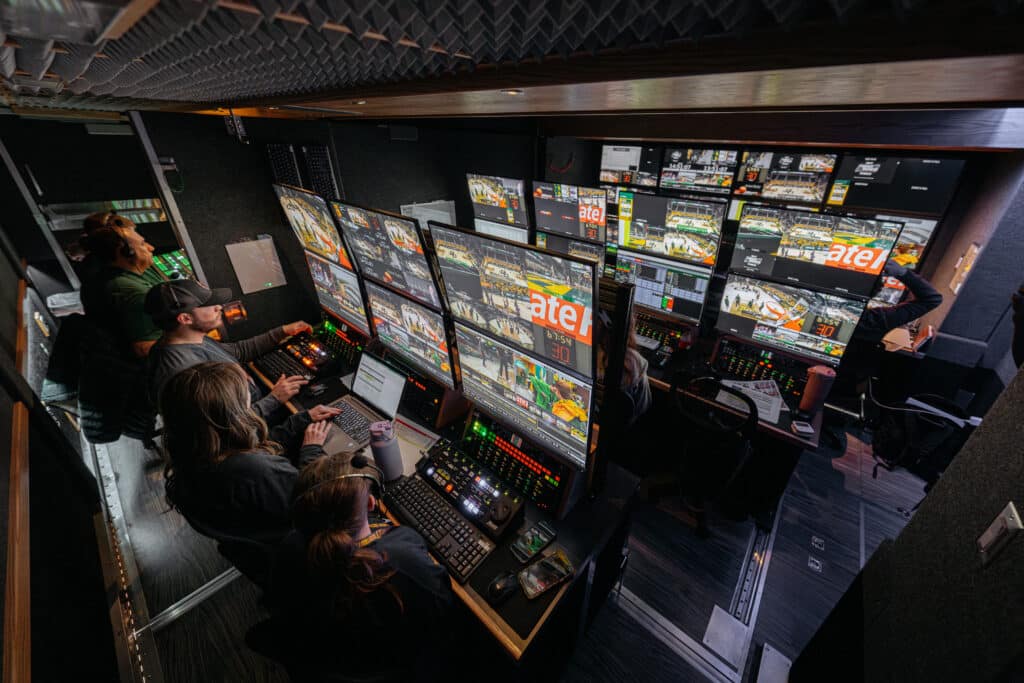
In-studio and outside broadcasts both have unique strengths. OB offers flexibility and immersive live event coverage; however, it involves higher costs, complexity, and dependence on varying external conditions. While providing a controlled environment for consistent quality, in-studio production has traditionally been limited by location, connectivity, and lacks OB’s on-site vibrancy.
The Remote Integration Model (REMI) merges these worlds, enabling remote camera and equipment operation from a studio. While REMI cuts on-site needs, it requires robust connectivity and can face latency issues.
Organizations often combine these methods, balancing OB’s liveliness with studio and REMI’s control. This hybrid approach has benefits but also brings challenges in integrating systems, coordinating teams, and managing resources. It requires a strong network infrastructure and continuous training for smooth production in multiple environments.
OB’s continual evolution plays a critical role in the broadcasting industry. Sporting and live events remain the most-watched programming for broadcasters, and outside broadcasting remains key to capturing and sharing dynamic live events with the world.
Ross Video produces much of the technology and equipment that makes outside broadcasting possible. Our Ultrix hyperconverged platform has made OB more efficient and sustainable. Our MIRA Replay and XPression graphics systems are used by mobile production units around the world. And our in-house production team, Ross Production Services, has some of the world’s most capable OB vans and trucks.
Ready to start? We can help. Don’t know where to start? We can help.
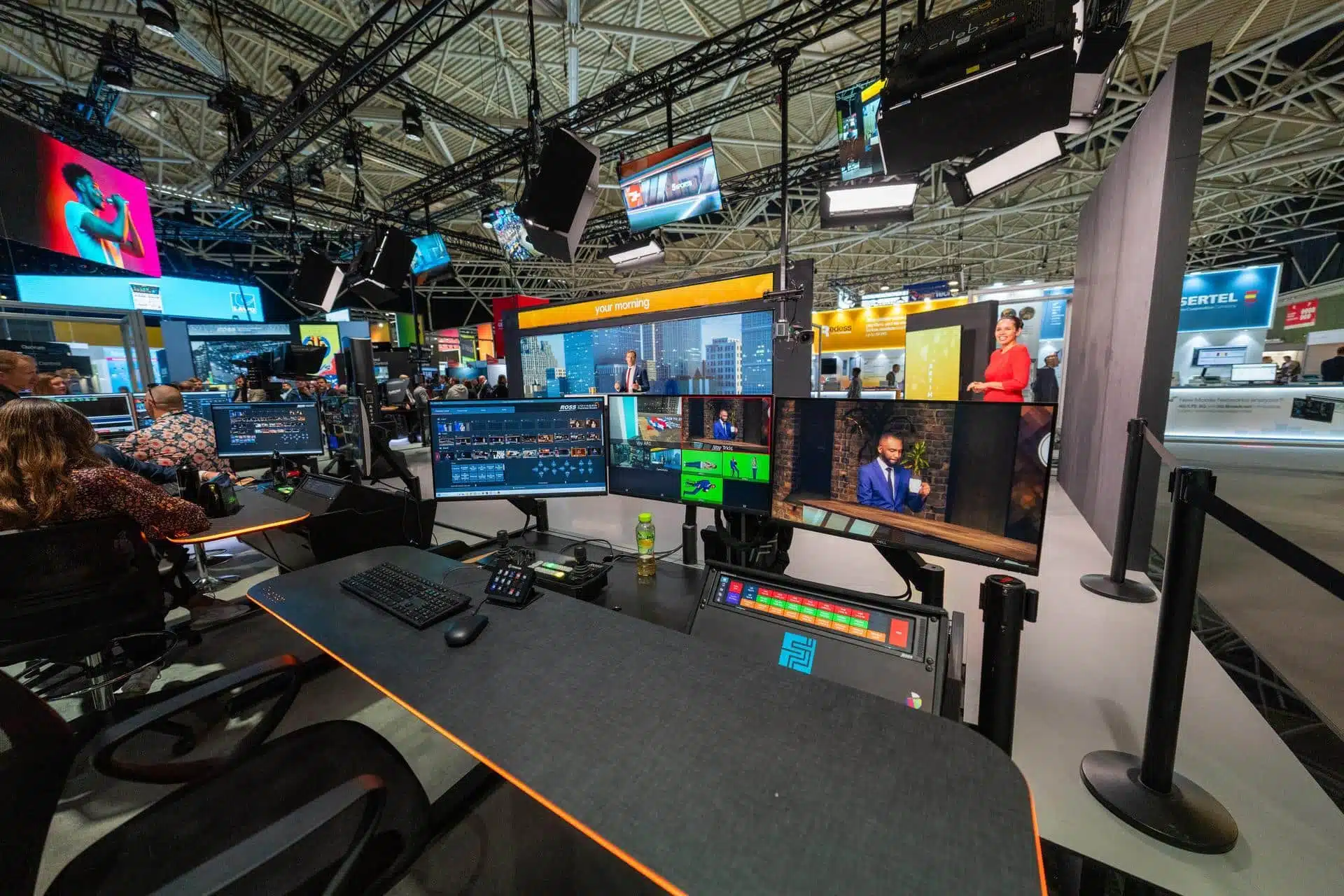
Modern newsrooms are under pressure to deliver compelling content in an increasingly competitive media environment. Viewers expect more than just accurate reporting—they want visually engaging stories that …
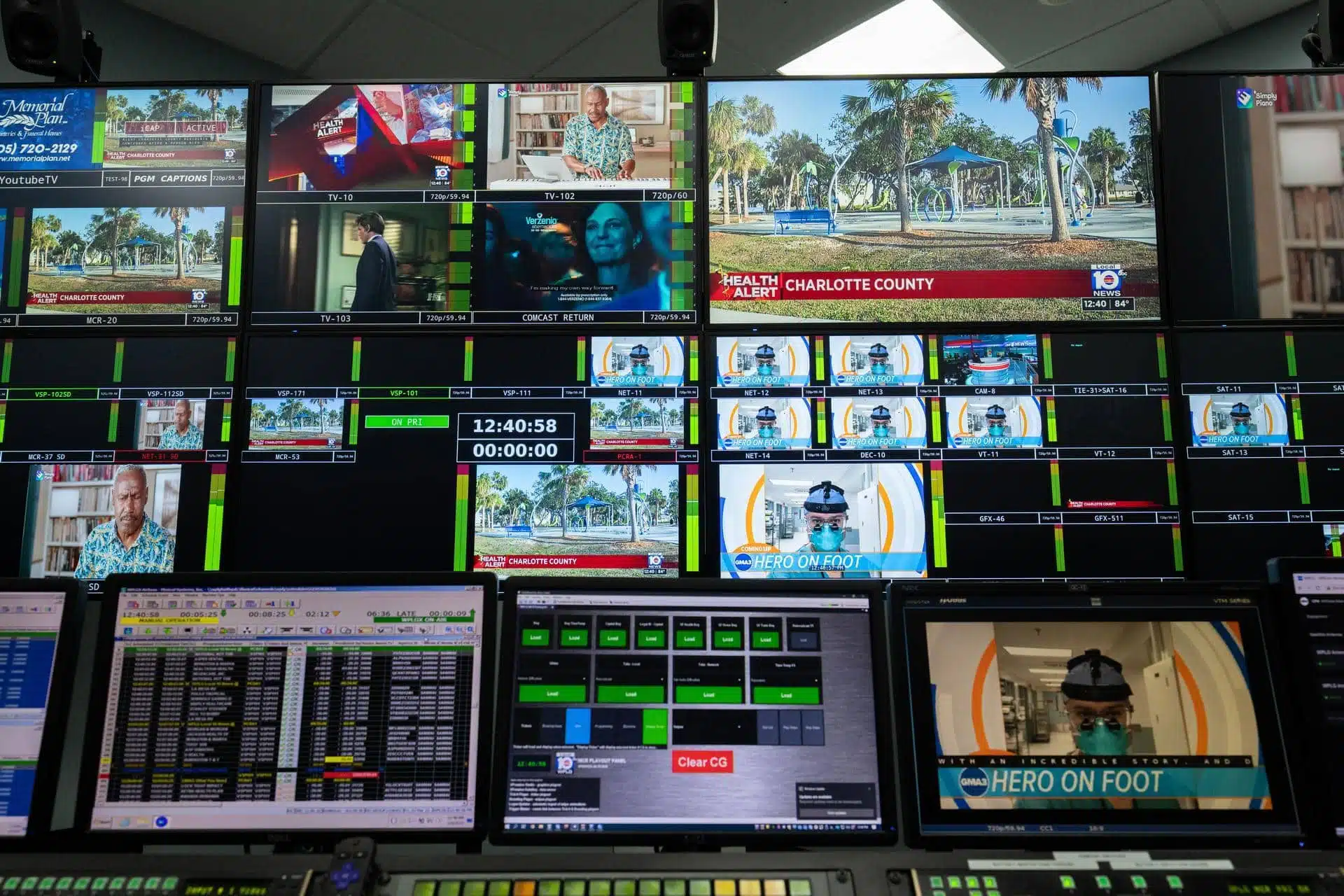
Newsrooms today face an unprecedented challenge: capturing and maintaining viewer attention in an era of infinite distractions. From smartphones to streaming platforms, audiences have more options than …
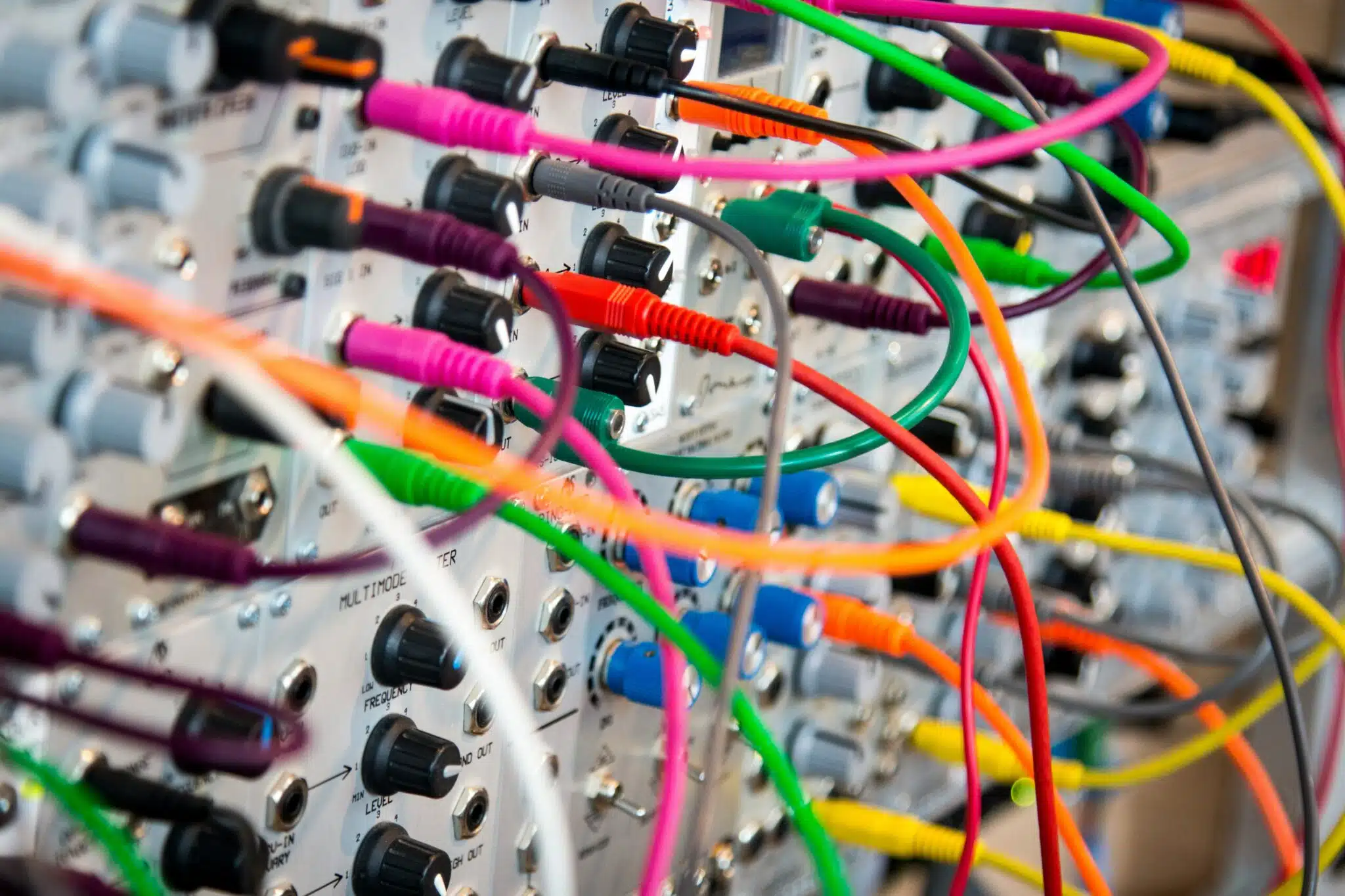
How modern ingest and playout tools are driving the evolution of newsroom content supply chains and production workflows.